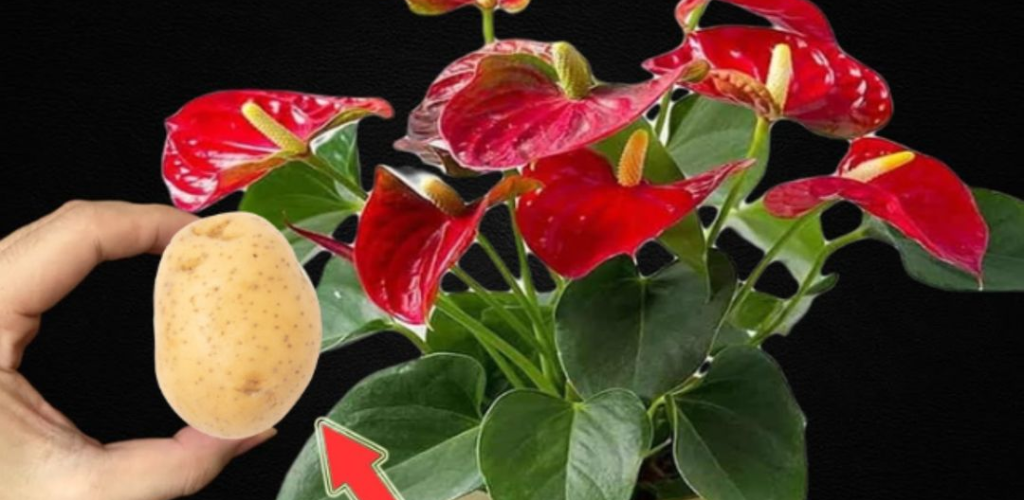Anthurium: care tips for this indestructible tropical plant
The anthurium is a magnificent plant of tropical origin. Its varnished foliage gives it a shiny side. Its heart-shaped flowers can be red, pink or white. In the middle of its flower, there is a curved and thin spadix surrounded by the spathe. It looks a lot like the moonflower (spathiphyllum), but they are two different plants. The moonflower is almost always white. Its dense foliage makes it a particularly decorative plant. Moreover, it is grown indoors in our climate and even in a greenhouse… Indeed, it appreciates warm and humid environments. Discover everything there is to know about growing anthurium.
1) Where to place the anthurium?
The anthurium requires a lot of light to flourish. On the other hand, direct sunlight is not recommended. The sun’s rays may indeed burn it. The need for sun is also valid in winter. The ideal would be to slide it near a window, but by filtering the rays. It likes light soil with a mixture of quality potting soil, sand and heather soil.
The anthurium must be kept at an ambient temperature between 18 and 25°C all year round. It also needs a certain humidity as if to remind it of its natural environment to flourish better. The dry air in our interiors may damage the plant. It will therefore be necessary to regularly spray water on the foliage, especially in winter when the heating is running at full blast. It is also important to know that the plant does not like drafts.
2) How to maintain the anthurium?
Be careful, you should know that the anthurium is a toxic plant, it is best to handle it with gloves.
Watering
Watering should be moderate, because even if the plant needs humidity to flourish, excess water risks rotting its roots! Use rainwater or soft water, but definitely not hard water. In summer, watering should be regular and fairly frequent. In winter, slow down and wait for the soil to dry between waterings.
To create a humid atmosphere, spray the foliage regularly and place the pot on a layer of clay balls or damp gravel.
Transplanting houseplants Anthurium illustration of procedures and tools for caring for indoor plants.
Repotting
The anthurium is repotted every two years at the end of winter in a pot with a slightly larger diameter. Place a layer of clay balls or gravel 2 or 3 cm deep to improve drainage. In spring, it is possible to sow or propagate by dividing clumps.
Pruning and fertilizer
Pruning is not really necessary, but you can remove faded flowers as they appear to restart the plant’s growth. As soon as flowering resumes, add liquid fertilizer every 15 days.
3) Anthurium diseases
If the leaves of the anthurium turn yellow and wilt, it may be because it is too cold. In fact, check that it is not located in the path of a draft. Also, this plant fears excess water as well as aphids and red spiders which proliferate when the air is too hot and too dry.
